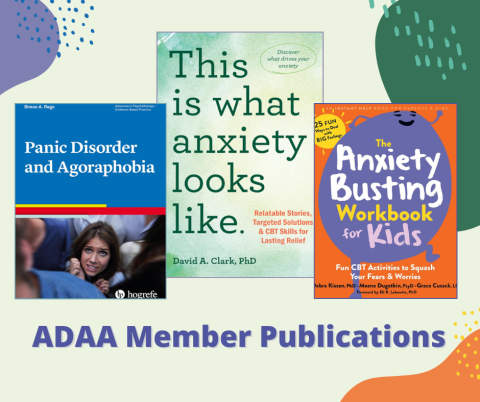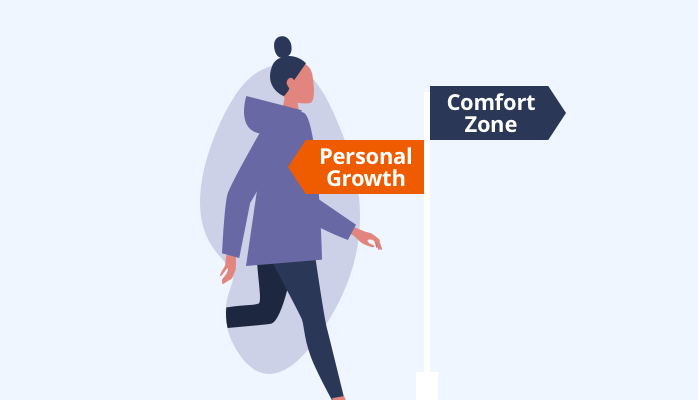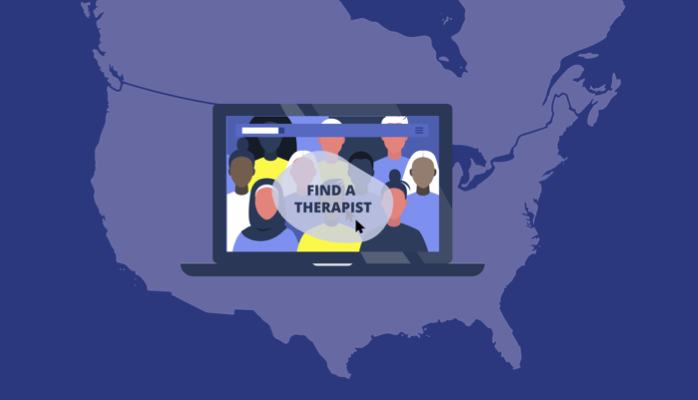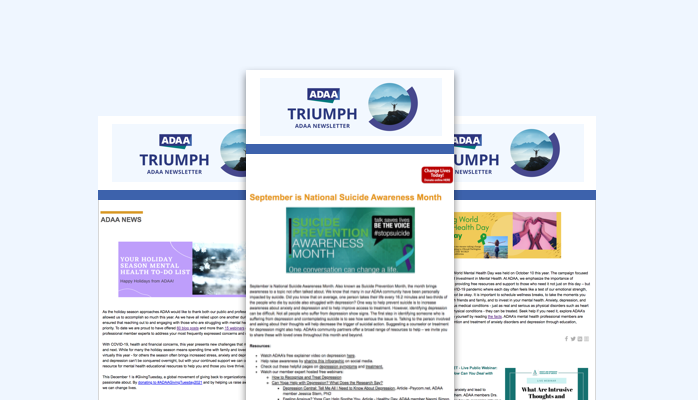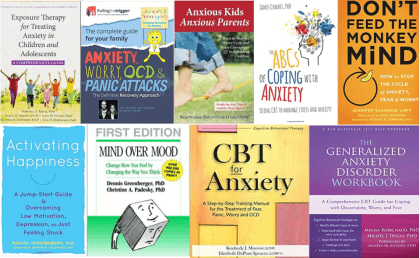It comes as no surprise that most working Americans experience stress or anxiety in their daily lives. And the Anxiety Disorders Association of America (ADAA) 2006 Stress & Anxiety Disorders Survey backs that up.
A certain amount of stress and anxiety is normal at work as well as at home. However, persistent, excessive, and irrational anxiety that interferes with everyday functioning is often an indication of an anxiety disorder. Read on for how how stress affects American employees.
Stress, Anxiety, and Anxiety Disorders in the Workplace: Snapshot
Self-reporting of anxiety symptoms and prescription medication use are high among America’s employees, but diagnoses of anxiety disorders are dramatically lower.
- 72 percent of people who have daily stress and anxiety say it interferes with their lives at least moderately.
- 40 percent experience persistent stress or excessive anxiety in their daily lives.
- 30 percent with daily stress have taken prescription medication to manage stress, nervousness, emotional problems or lack of sleep.
- 28 percent have had an anxiety or panic attack.
- Only 9 percent have been diagnosed with an anxiety disorder.
Other Key Findings
Workplace Stress and Anxiety Affects Life at Work — and at Home
Job stress has professional and personal consequences.
On the job: Employees say stress and anxiety most often impacts their …
- workplace performance (56 percent)
- relationship with coworkers and peers (51 percent)
- quality of work (50 percent)
- relationships with superiors (43 percent)
During off time: More than three-fourths who say stress interferes with their work say it carries over to their personal life, particularly men (83 percent vs. 72 percent for women).
With spouses, loved ones: Seven in 10 of these adults report that workplace stress affects their personal relationships, mainly with their spouses. Men (79 percent) report it affecting personal relationships more than women (61 percent).
The main culprits of work-related stress:
- deadlines (55 percent)
- interpersonal relationships (53 percent)
- staff management (50 percent)
- dealing with issues/problems that arise (49 percent)
Methods for Managing Workplace Stress
Finding relief takes a variety of forms, some healthy and many not.
Dreaming of a less stressful job? The top method of managing high levels of stress at work for both men and women is to sleep more (44 percent total).
Women and men manage job stress differently:
- Women are significantly more likely than men to eat more (46 percent vs. 27 percent) and talk to family and friends (44 percent vs. 21 percent) to manage job stress.
- Men are significantly more likely than women to have sex more frequently (19 percent vs. 10 percent) and use illicit drugs (12 percent vs. 2 percent) to manage job stress.
Common ground exists in other ways men and women cope with job stress:
- consuming more caffeine (31 percent)
- smoking (27 percent)
- exercising more frequently (25 percent)
- taking over-the-counter or prescription medication (23 percent)
- consuming more alcoholic beverages (20 percent)
Employees Fear Repercussions
Most employees are not comfortable discussing stress with their employer.
Tight-lipped workforce: Fewer than half (40 percent) employees whose stress interferes with work have talked to their employer about it.
Here’s why:
- fear their boss would interpret it as lack of interest or unwillingness to do the activity (34 percent)
- fear being labeled “weak” (31 percent)
- fear it would affect promotion opportunities (22 percent)
- fear it would go in their file (22 percent)
- fear being laughed at or not taken seriously (20 percent)
Help not always on the way: Of those who did speak to their employer, four in ten were offered some type of help from their employer, most often a referral to a mental health professional (26 percent) or a relaxation or stress-management class (22 percent).
Prevalence Among Workers
Many employees report suffering from anxiety that is persistent and excessive and affects their ability to function. Yet many fewer reported suffering from an anxiety disorder — a telling inconsistency. Employees whose anxiety interferes with their everyday functioning may be suffering from an anxiety disorder, the most common mental illness in the U.S.
Anxiety that gets in the way: One in four reports persistent stress or excessive anxiety impairing the ability to function in the past six months.
Chronic anxiety as a way of life? Four in ten agree that “persistent stress and/or excessive anxiety are a normal part of life,” particularly men (44 percent vs. 36 percent for women).
Fear of stigma: Only one-fourth of those with an anxiety disorder have told their employers. The three-fourths who have not feared…
- their boss would interpret it as lack of interest of unwillingness to do the activity (38 percent).
- it would affect promotion opportunities (34 percent).
- it would go in their file (31 percent).
Less commonly, people with anxiety disorders did not share it with their employers for reasons unrelated to stigma.
- 14 percent didn’t want to produce a doctor’s note.
- 7 percent didn’t think it was their employer’s business.
- 6 percent didn’t think it was necessary.
- 3 percent didn’t want to.
Disrupting Work and Relationships
Employees with an anxiety disorder say it leads to a host of difficulties at work. With more than 18 percent of the adult population suffering from an anxiety disorder, this is likely making much more of an impact on productivity and efficiency at U.S. companies that most employers realize.
Strained relations: Almost half say that it interferes with their relationships with people at work, mainly causing them to avoid social situations (73 percent), become short tempered (53 percent), and avoid participating in meetings (43 percent).
Symptom triggers: Half said their work responsibilities trigger symptoms of their disorder (53 percent), primarily dealing with problems and meeting deadlines. Interpersonal relationships also trigger symptoms (46 percent), as do changes to work situations (37 percent) — such as leaving a job, starting a new one, or getting fired — and staff management (35 percent).
Trying to cope: Employees with anxiety disorders ease their symptoms in a variety of ways, primarily...
- taking over-the-counter or prescription medication (52 percent)
- sleeping more (50 percent)
- eating more (39 percent)
- talking to family or friends (38 percent)
- talking to a medical or mental health professional (37 percent)
Stark differences between men and women:
- Men are significantly more likely than women to try to ease their symptoms by having sex more frequently (25 percent vs. 6 percent) and using illicit drugs (11 percent vs. 0 percent).
